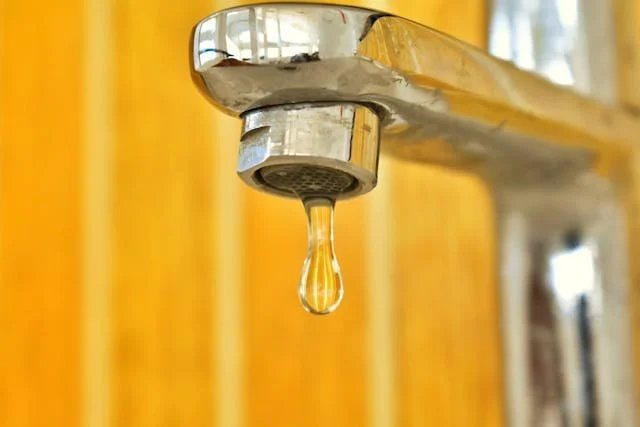Green Your Home: Simple Eco-Friendly Tips
How would you feel if our world's resources dwindled to a point of no return, with water scarcity and energy shortages becoming our reality? Everyday household activities have a significant environmental impact, contributing to global challenges such as water scarcity and energy consumption. Some simple changes and sustainable products can make your home more eco-friendly.
Find Ways to Conserve Water
Water conservation is not merely a practice but a necessity in safeguarding our planet's most vital resource. Each drop saved is a step towards green living, ensuring that future generations inherit a world where water, the essence of life, remains abundant and clean.
Find and Repair Leaks
Tackling leaks is crucial to water conservation since a single leak can waste 180 gallons a week. Common leaks around the house include:
Faucets
Toilet flappers
Showerheads
Under-sink plumbing
Focusing on these problem areas ensures your home operates more efficiently, saving water and money.
Make Fixtures More Efficient
The average household in the United States uses 33 gallons of water a day to flush their toilets. Low-flow toilets use significantly less water than regular toilets but can be pricey. A cheaper option is placing a water bottle filled with sand or rocks in the tank to reduce the amount used per flush.
Installing aerator screens on your faucets is a simple, cost-effective strategy that can conserve up to 700 gallons of water per year for your family. An aerator screen works by mixing air into the water stream, maintaining a high-pressure flow while using less water, making it an efficient tool for water conservation without sacrificing functionality.
Reduce Electrical Consumption
Reducing electrical use is essential for a greener home. The journey towards minimizing electrical consumption encompasses a variety of strategies, each designed to address the often overlooked ways we use—and waste—electricity daily.
Unplug Chargers
Chargers plugged into outlets consume energy even when not actively charging devices, a phenomenon known as "vampire power." This hidden energy drain can add up to $100-200 a year, increasing electricity bills and contributing unnecessary carbon emissions. Smart power strips can also combat this issue by cutting off power when devices are fully charged or not in use, offering an effective solution to reduce this passive energy consumption.
Switch to LED Lightbulbs
LED (Light Emitting Diode) lightbulbs are a modern lighting technology known for their efficiency and longevity. Unlike traditional incandescent bulbs, LEDs convert a higher portion of electrical energy into light, resulting in less wasted heat and more light. This efficiency makes LEDs environmentally friendly by reducing the demand for electricity and also cost-effective, saving the average household $225 a year.
Embrace Reusable Alternatives
Moving away from single-use products towards sustainable products can significantly decrease environmental pollution. By choosing reusable alternatives, you can actively participate in a culture of sustainability, reducing your ecological footprint and fostering a healthier, cleaner world.
Choose Reusable Containers and Bottles
Containers and bottles designed for one-time often end up in landfills or, worse, as litter in natural environments, including oceans. 280 million tons of plastic is disposed of every year, taking centuries to break down in landfills or natural habitats, releasing toxic substances and posing severe risks to wildlife through ingestion and entanglement.
Instead, choose plastic or glass bottles and containers as sustainable alternatives that significantly reduce the accumulation of plastic waste and its detrimental impact on ecosystems.
Reduce Paper Towel Usage
According to the Union of Concerned Scientists, the production of wood products contributes about 10% to yearly global deforestation. Although paper production is a small part of that industry, breaking the paper towel habit is an easy way to start making a difference. There are a variety of alternatives that offer sustainable cleaning solutions, such as:
Swedish dishcloths are made from a blend of cellulose and cotton and are highly absorbent, durable, and reusable.
Microfiber towels are made from polyester and polyamide, making them super absorbent and efficient for cleaning.
Repurposed cotton clothes can be used as rags for another cost-effective and eco-friendly cleaning solution.
Opting for these alternatives is an easy, eco-friendly change that is the essence of sustainable living.
Make Your Home More Eco-friendly
Individual actions play a vital role in building a sustainable future. By adopting even one of the eco-friendly practices outlined in this article, you can contribute to a healthier planet. Explore MockEco Creations for affordable, eco-friendly products to help you green your home. Together, we can make a difference for our environment and future generations.


